A rule of thumb is to keep the handlebar somewhere between your hip and waist when you stand on the deck. This height is ideal to keep your balance with comfort.
The preference changes between riders but the key is to not bend forward over the handlebar, nor keep it too high.
A lower height is great if you want to do park tricks and whips but go higher if you are a street-style rider.
Why the Scooter Handlebar Height Is Important
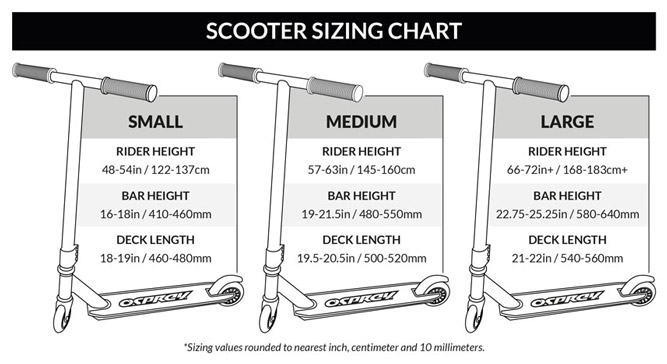
A scooter with the perfect height allows you to have a safe and enjoyable ride. Problems start when the handlebar doesn’t fit your body and build.
Your forearms need to exert more effort when the handle is too high. You may have muscle aches after an uncomfortable ride while your control is suffering.
A low handlebar is troublesome when you try to steer. You need a good range of arm movement to fully control the scooter, which you can’t do with it.
Find a model that fits you from all perspectives or at least picks one with adjustable handlebars.
How to Find the Perfect Handlebar Height?

Concept 1: Keep the handlebar below your belly button
A handlebar height between the belly button and waist is ideal when a rider is young. The idea is to get the most out of the scooter with a little room to grow.
Concept 2: Find the most comfortable elbow angle
- Step 1: Keep a pencil in hand to take notes on your height
- Step 2: Stand next to a wall or something vertically long where you can mark the height
- Step 3: Allow your arms to fall down by your side
- Step 4: Slowly start to bend your arm close to the wall with the palm facing downward
- Step 5: See how comfortable you feel with your hands bending at 3 or 4 different angles. Visualize how you will ride the scooter and what angle might be ideal
- Step 6: Spend a minute with your arms hanging at that angle. Check if the position is neutral and natural for your arms so you don’t get tired
- Step 7: Make a fist if you are confident with the angle. The top of the fist is your perfect handlebar height so mark it on the wall with the pencil
Concept 3: Follow your height
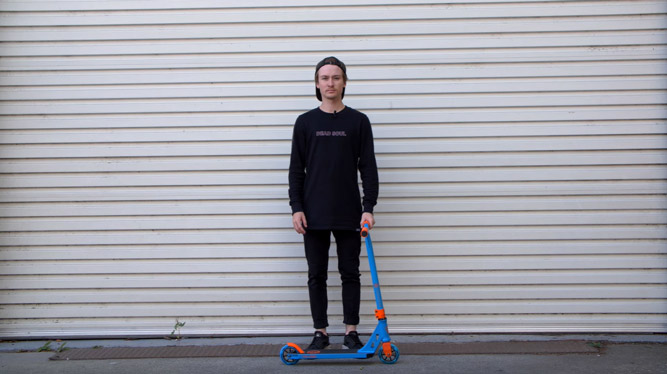
The concept only relies on your body height to determine the handlebar height. Your arm length and shoulder height aren’t considered but they are equally important.
You may not find the concept helpful if you have too short or long arms.
Concept 4: Surface type
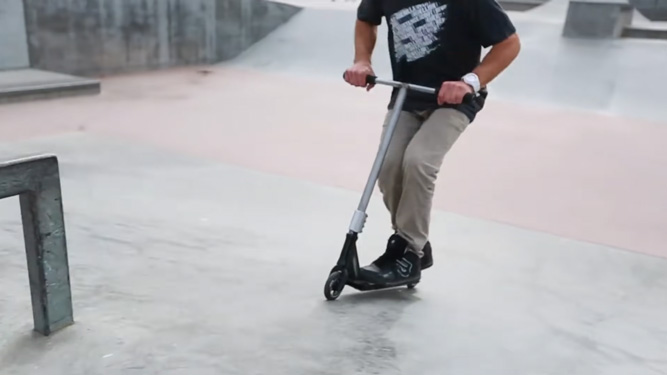
Low-lying handlebars allow you to easily negotiate tough terrains.
You direct most of the weight to the ground when you lie low, which allows you to go over tough terrains with ease and have a stable ride.
Concept 5: Traveling speed
A low-lying handlebar is a better option for fast travel compared to a high lying one.
You want to bend your head in the low lying position that creates aerodynamic advantages by streamlining the oncoming wind flow.
Concept 6: Course of the wind
A winding course can easily make you lose balance and fall off the scooter when you have a high handlebar.
You need a low lying handlebar to ride through the wind but a higher handlebar is great for straight or direct courses.
How Do You Change the Handlebar Height?
Your handlebar may have one of these adjustment options:
- Adjustable fluid levels
- Multiple fixed height levels
Handlebars with multiple fixed height levels are easy to switch in between. Most of them have a latch or a lever.
Some models have a few screws to keep the stem in place that you loosen with a small wrench.
There are scooters that don’t have any fixed level that allows you to set the height as per your convenience.
What if your scooter has low handlebars?
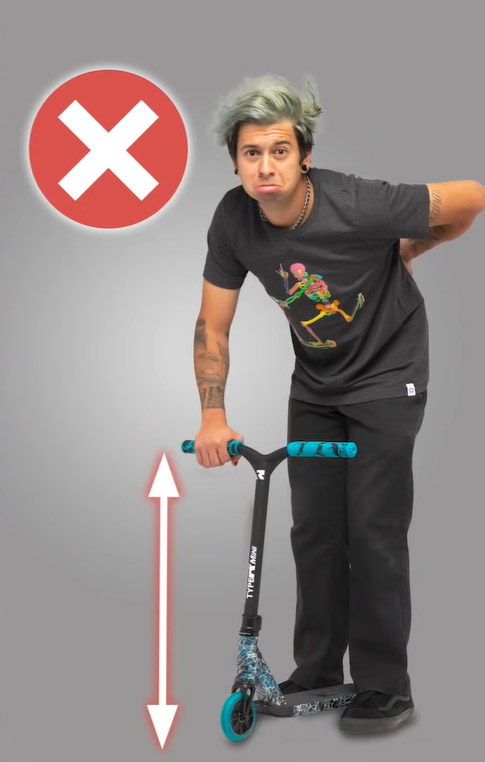
You need the handle and buttons within the reach of your hand for smooth control over the scooter. Fast and accurate reactions are crucial that you can’t do with low handlebars.
Your steering ability hampers when you go lower to reach the handlebar. You lose the freedom of movement when your arms extend too much.
You have to ride slowly for your safety. Things get worse if you can’t access the acceleration and brake buttons.
This is an inefficient approach to scooter riding that may cause back pain or other physical problems.
What if your scooter has high handlebars?
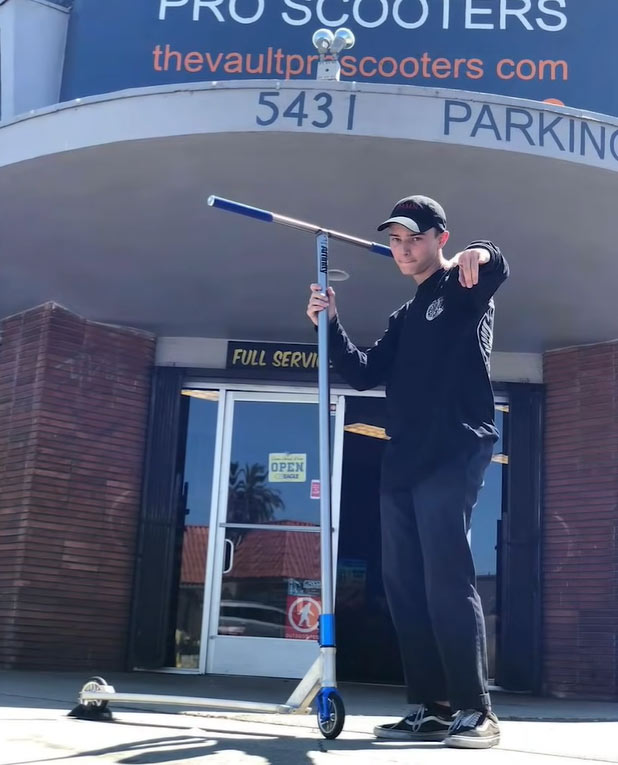
Your arms will hang in a tensed position when the handlebar is too high.
You may feel aches and pains frequently and the muscles get tired sooner.
The awkward elbow angle reduces flexibility so you can’t move or coordinate your hands freely.
Strange postures along with muscle fatigues have negative effects like poor control of the scooter and tiredness.
Advantages of different handlebar types
A 20” bar height is perfect for the little riders who have just started out scooting. We suggest the height for riders between four and eight-year-olds who are 3’6″ to 4′ 6″ tall.
A 23” bar height is great for riders who are in the developing phase and learning new tricks.
For intermediate and pros, a 24” bar height is convenient and useful. The riders must be between 4’8” and 5’10” high.
Riders over 5’ can keep the bar over 24”.
But if you are in a hurry and don’t want to hassle with height measurements, just keep the bar at the chest height for a stable ride.
Why scooter handlebar width is also important
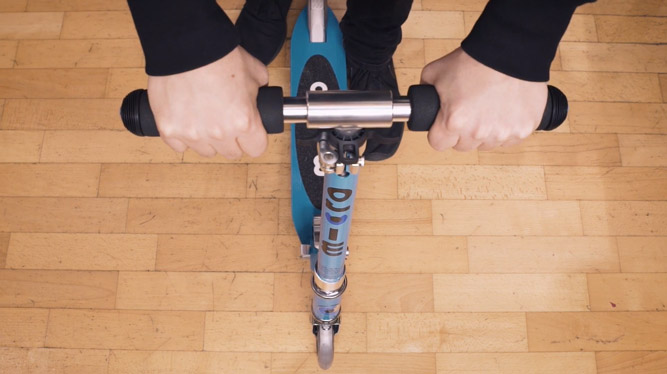
The preference for handlebar width varies from person to person so you need to know what you want.
A good start is to get a bar that has the width of your shoulders.
Choose a narrow bar for technical tricks. A wider bar is helpful if you don’t prefer hand tricks but big air.

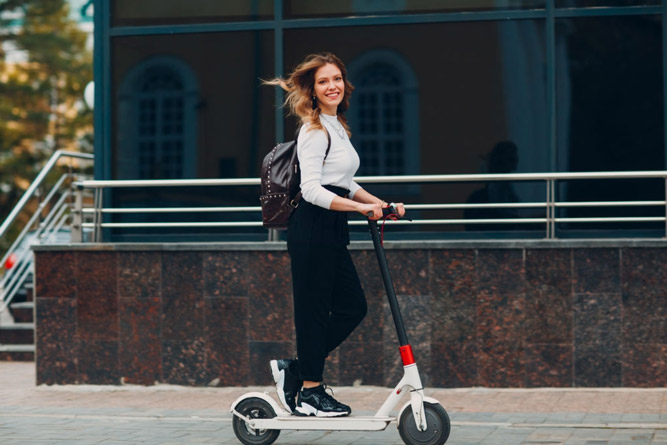

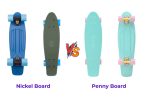
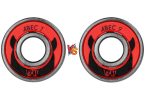
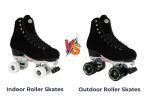
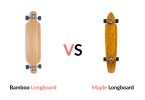


Leave a Comment